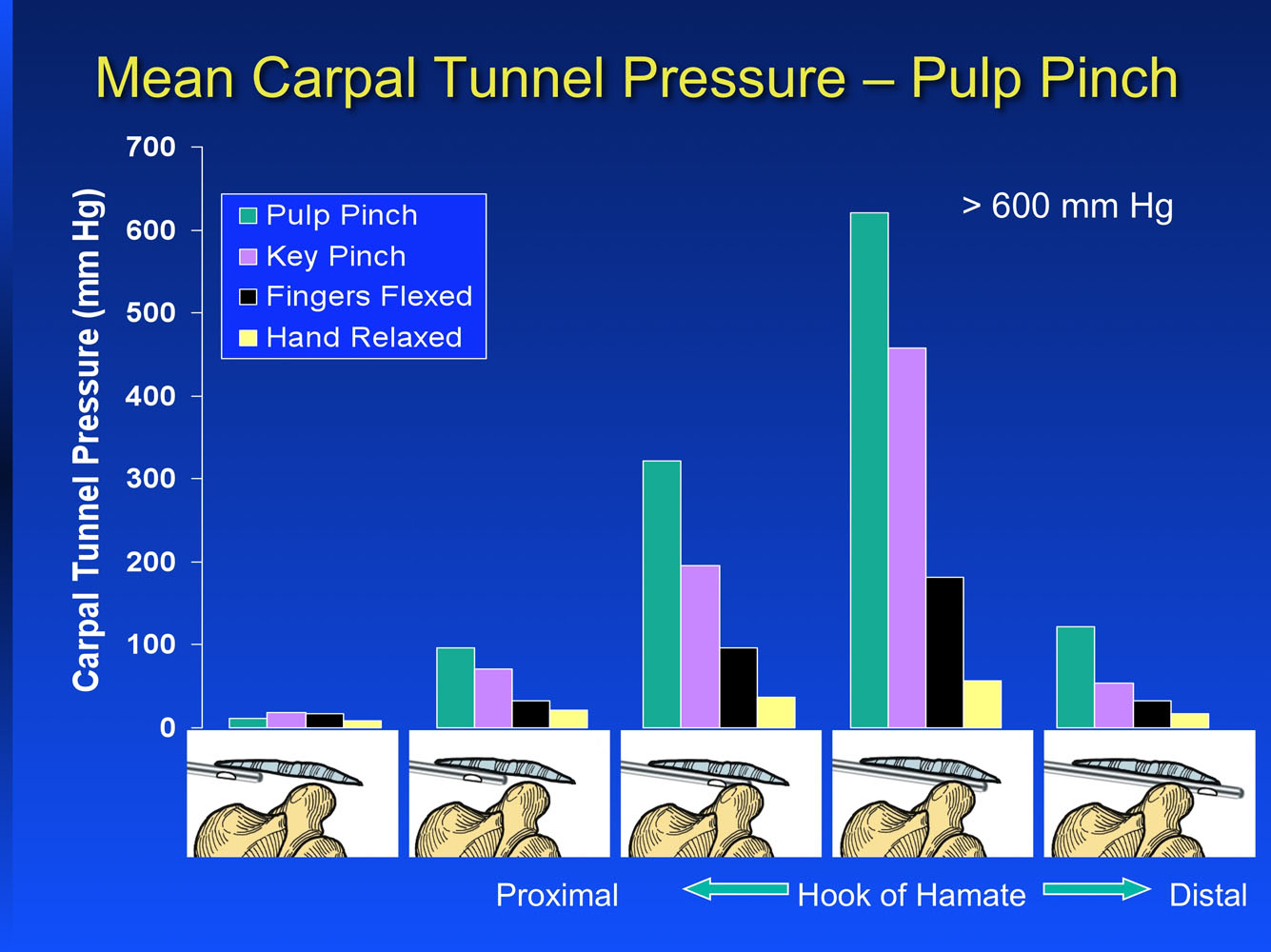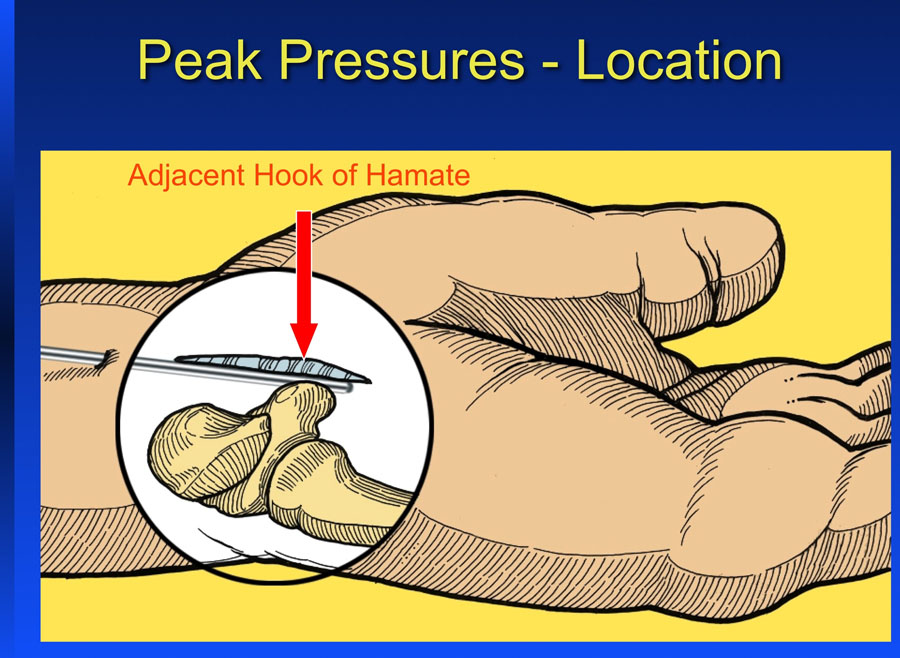[av_section min_height=” min_height_px=’500px’ padding=’large’ shadow=’no-border-styling’ bottom_border=’no-border-styling’ bottom_border_diagonal_color=’#333333′ bottom_border_diagonal_direction=” bottom_border_style=” id=” color=’main_color’ custom_bg=’#403393′ src=’https://handbiolab.com/wp-content/uploads/2017/07/sub-banner.jpg’ attachment=’562′ attachment_size=’full’ attach=’parallax’ position=’top right’ repeat=’no-repeat’ video=” video_ratio=’16:9′ overlay_opacity=’0.5′ overlay_color=” overlay_pattern=” overlay_custom_pattern=” av_element_hidden_in_editor=’0′]
[av_heading heading=’Clinical Discussions’ tag=’h1′ style=’blockquote modern-quote modern-centered’ size=” subheading_active=” subheading_size=’15’ padding=’10’ color=’custom-color-heading’ custom_font=’#ffffff’ admin_preview_bg=”]
Device Solutions for Difficult Problems
[/av_heading]
[/av_section]
[av_heading heading=’Collapse deformities of the thumb secondary to CMC joint disease’ tag=’h2′ style=” size=” subheading_active=” subheading_size=’15’ padding=’10’ color=’custom-color-heading’ custom_font=’#403393′ admin_preview_bg=”][/av_heading]
[av_hr class=’invisible’ height=’25’ shadow=’no-shadow’ position=’center’ custom_border=’av-border-thin’ custom_width=’50px’ custom_border_color=” custom_margin_top=’30px’ custom_margin_bottom=’30px’ icon_select=’yes’ custom_icon_color=” icon=’ue808′ font=’entypo-fontello’ admin_preview_bg=”]
[av_textblock size=” font_color=” color=”]
When the thumb CMC gets in trouble, whether it is from osteoarthritis, Bennett’s fracture or Rheumatoid disease, it does the same mechanical “dance”. As the CMC progressively subluxes on the trapezium, the extrinsic FPL and essentially all the thenar muscles increase their moment arm that each uses to FLEX the CMC. Over the months and years, the entire thumb progressively tends to collapse into a claw or “intrinsic minus” position in which the MP joint tends to extend or hyperextend and the IP joint progressively tends to flex…all as the CMC subluxes.
These elements of deformity manifest as a function of:
- The degree of CMC subluxation.
- The degree of hypermobility of the MP joint.
The poor little IP joint is forced by the mechanics of the two proximal joints to just go along for the ride, and, assuming its flexor and extensor tendons are intact, it will collapse opposite the direction in which the MP does.
With time, the patient’s thumb begins to look “intrinsic minus,” at rest and worsens with pinch activities. (Envision the Grandma/Grandpa zig zag collapse) This is similar to what is seen with weakness or paralysis of the ulnar nerve innervated thumb muscles, but the collapse itself is secondary to the shifting moment arms of the muscles, particularly those that flex the CMC, as opposed to other mechanical ills.
Now, an occasional patient will demonstrate significant CMC subluxation and even dislocation without the MP and IP joints following suit. These thumbs have other assets, such as an MP that is reluctant to stretch out the palm side soft tissues. In fact, if the FPL can keep the MP in slight flexion, its fibro-osseous tunnel will continue to pull the capsular ligaments in a palmar direction and keep the MP joint reaction force where it belongs…even with advanced CMC disease. Said differently, if the whole thumb pinch mechanism, in spite of CMC disease, remains mechanically healthy enough to favor pinch with some degree of MP flexion, the IP joint will often be stable in neutral or even a hint of extension…a much better thumb for most daily activities.
There are precious little median and ulnar nerve innervated thumb muscles generating high tension but not much excursion as they oppose, extend, flex and circumduct our thumbs. Added to those, the APL (named for the thumb but the most powerful radial deviator of the wrist) helps sublux the CMC joint and has little or no ability to extend the CMC once that joint is subluxed or dislocated. This powerful extrinsic, the APL, can’t do squat for positioning the thumb (as a unit) once the MP joint collapses into neutral and then into hyperextension. By this, I mean that the APL and EPB have no useful moment arms to effect CMC extension and therefore no lever arm to “save” the MP joint from its eventual fate of collapsing into hyperextension.
Mother Nature’s solution is what we hand guys and the x-ray docs call osteoarthritis of the CMC joint. The end game in which osteophytes create a broad base to an arthritic CMC joint that eventually stiffens, stabilizes and, thereby, frequently quits hurting. Serial steroid injections during the degenerative-subluxation phase relieves pain and may actually accelerate the subluxation as these steroids have a direct deleterious effect on the remaining bone, hyaline cartilage and capsular ligament mechanical integrity. In addition, when the steroid injection takes away the pain, the patient, who feels for a month or so that their thumb is born again, imposes higher cyclical loads with increased hand use and accelerates the time to each OA thumb’s end stage collapse. Not that I am promoting this, but many of the weak and painful thumbs we see will eventually end up looking very arthritic and the CMC very collapsed, but their 70 year old owners are quite happy with their thumbs natural state once the pain goes away.
Surgery….CMC resection arthroplasty is a great operation. Both the patient and the surgeon find it rewarding. We actually get the opportunity to do something that works, is fun and makes sense…anatomically and biomechanically. Even with a few wrists that get in trouble with a little carpal collapse or scaphoids that are symptomatic at their joint with the trapezoid, this remains a good to great operation.
To some degree, the outcome of the collapse deformity following CMC arthroplasty depends on a few issues:
- Whether or not the MP joint is collapsing into extension or hyperextension with each cycle of pinch.
- Whether or not the MP joint is moving further into hyperextension at the expense of flexion, including passive flexion. (i.e. capsular contracture)
- Whether or not, at the time of CMC arthroplasty, we are technically good enough to create a new ligament that will hold the base of the metacarpal “in place” such that the moment arms of the flexors are returned closer to normal.
This “return of moment arms” toward normal for the MP joint is difficult to do in a really destroyed CMC of long standing. As the CMC progressively subluxes, the moment arms that affect the MP with each pinch or grasp tends to progressively favor extension. The snow-ball effect happens when the MP “breaks” into slight hyperextension. At this point, the FPL can no longer displace its MP pulley in a palmar direction, the collateral ligaments become lax and/or contract, and the FPL shifts dorsally toward the metacarpal head. Flexion moments across the MP deteriorate and the force imbalance then starts to favor MP hyperextension. The IP follows suit and starts to lose extension.
As the CMC subluxes, the fiber lengths of the opponens may lengthen and the remaining thenar muscles (FPB and APB mainly) will be allowed to shorten. This shift in the length of the muscles changes their ability to generate tension as defined by each muscle’s length-tension curve. (See Brand’s book on Clinical Mechanics of the Hand.)
So…back to the practice of fixing thumbs…what does this all mean?
- If the patient isn’t willing to wait and see if Mother Nature will “cure” their pain with time (no guarantee, but frequent enough if the patient is willing to wait…years…perhaps even a decade or more) then a resection arthroplasty is my best option.
- If the surgery is done BEFORE the MP collapses into extension with pinch and preferably before the MP gets stuck in some degree of hyperextension, then resection of the trapezium combined with a nice snug ligament reconstruction that favors holding the base of the metacarpal close to where it started out in youth has the best chance of both pain relief and a pinch that is:
- Relatively strong and
- Without a collapse that will cause the IP joint to go into flexion each time the patient pinches.
Said differently, the thumb that has a stable pinch “mechanical geometry” will stay that way if the ligament reconstruction is very effective at holding the base of the metacarpal in place at 6 to 12 months post-op and beyond.
If the MP is collapsing into hyperextension pre-operatively, play your best reconstructive hand at creating flexion moments that will hold the MP in some degree of flexion during pinch and grasp. How best to do that is another story.
This remains my favorite operation.
John Agee
[/av_textblock]





